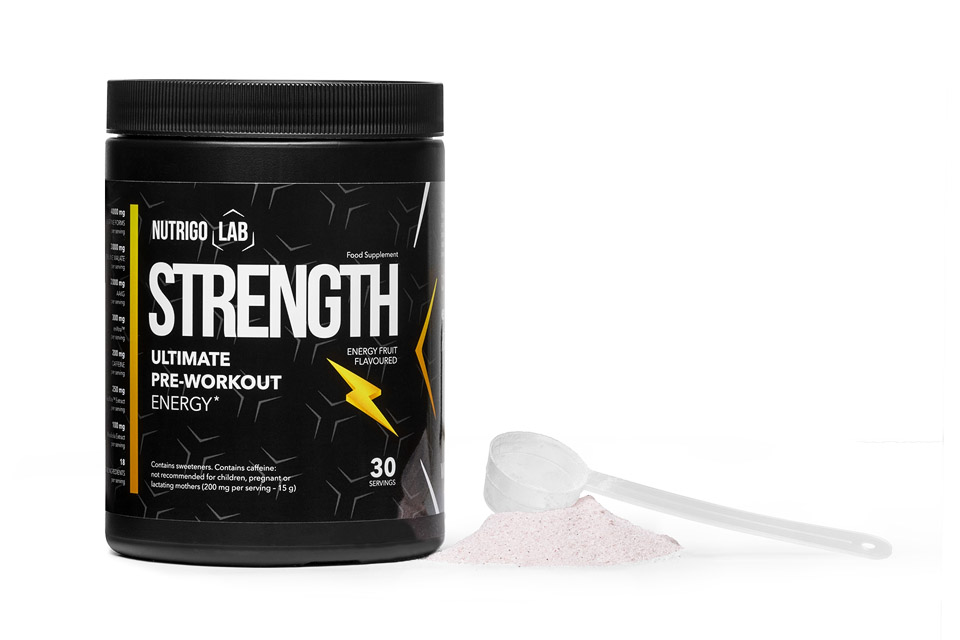The story of drinking radioactive water for health benefits is related to a historical period when radioactivity was believed to have therapeutic properties. This belief emerged during the late 19th and early 20th centuries, a time when the understanding of radioactivity was still in its infancy, and the potential health risks associated with radiation exposure were not fully known.
Marie Curie's discovery of radium in 1898 and its subsequent application in various medical treatments led to a fascination with the potential healing properties of radioactive substances. At the time, radium was promoted as a cure for numerous ailments, including cancer, arthritis, and various other health conditions.
Drinking radioactive water, often in the form of radium-containing mineral water or springs, became a popular trend in some regions. These waters were believed to have healing properties due to their radioactivity, with proponents claiming that the radiation could stimulate the body's natural healing processes.
One well-known example is the town of Jachymov in the Czech Republic (formerly part of Czechoslovakia), where the Joachimsthal Spa attracted visitors seeking the healing effects of radioactive waters rich in radium and other radioactive substances. Similarly, other locations around the world with naturally occurring radioactive mineral springs became popular destinations for health-seekers.
However, as scientific understanding advanced and more research was conducted, it became apparent that the potential risks of exposure to radioactivity far outweighed any perceived benefits. The harmful effects of ionizing radiation on the human body, including the risk of cancer and other serious health issues, were well-documented.
By the mid-20th century, the use of radioactive water for health purposes began to decline significantly. Today, the use of radioactive substances for medical treatments is carefully regulated and reserved for specific therapeutic purposes, such as radiation therapy for cancer treatment.
The historical practice of drinking radioactive water is now viewed as a cautionary tale, highlighting the importance of evidence-based medicine and the need for rigorous scientific research to determine the safety and efficacy of medical treatments. It serves as a reminder of the potential dangers of embracing unproven health fads and the importance of relying on reputable medical authorities for guidance on health-related matters.















.png)







.png)
.png)
No comments:
Post a Comment